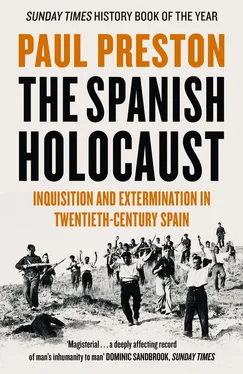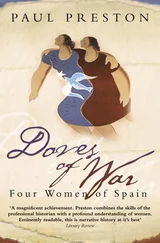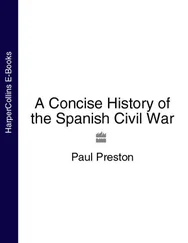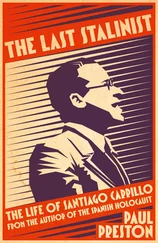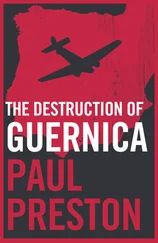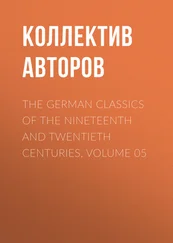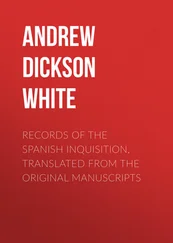The ultra-right-wing press in general regarded The Protocols as a serious sociological study. Since there were few Jews in Spain, there was hardly a ‘Jewish problem’. However, Spanish ‘anti-Semitism without Jews’ was not about real Jews but was an abstract construction of a perceived international threat. Anti-Semitism was central to integrist Catholicism and harked back to Judas Iscariot’s betrayal of Jesus Christ and to medieval myths and fears about Jewish ritual killings of children. Now, it was given a burning contemporary relevance by fears of revolution. The notion that all those belonging to left-wing parties were the stooges of the Jews was supported by references to the left-wingers and Jews fleeing from Nazism who found refuge in the Second Republic. As far as the Carlist press was concerned, the few incoming Jews were the advance guard of world revolution and intended to poison Spanish society with pornography and prostitution. 35Opposed to urbanism and industrialism, to liberalism and capitalism, all ideologies associated with Jews and Freemasons, the Carlists aspired to destroy the Republic by armed insurrection and to impose a kind of rural Arcadian theocracy. 36
Conservative intellectuals argued that through various subversive devices the Jews had enslaved the Spanish working class. One alleged consequence of this subjugation was that the Spanish workers themselves came to possess oriental qualities. The Spanish radical right began to see the working class as imbued with Jewish and Muslim treachery and barbarism. The most extreme proponent of this view was the late nineteenth-century Carlist ideologue Juan Vázquez de Mella. He argued that Jewish capital had financed the liberal revolutions and was now behind the Communist revolution in order, in union with the Muslim hordes, to destroy Christian civilization and impose Jewish tyranny on the world. Even King Alfonso XIII believed that the rebellion of tribesmen in the Rif was ‘the beginning of a general uprising of the entire Muslim world instigated by Moscow and international Jewry’. 37Carlist ideologues took these ideas seriously, arguing that ‘the four horsemen of the Apocalypse, Judaism, Communism, Freemasonry and Death’, already controlled Britain, France and Australia and soon Spain would fall under their dominion. 38
The books of Vázquez de Mella and other Carlist ideologues were eagerly devoured by Colonel José Enrique Varela during his imprisonment after the Sanjurjada. Contrasting the success of the Primo de Rivera coup of 1923 and the failure of Sanjurjo in 1932, the dynamic and courageous Varela was convinced that a successful military rising needed substantial civilian support. He was persuaded that this could be found in the fierce Carlist militia, the Requeté. Although he resisted calls to lead an exclusively Carlist uprising on the grounds that this required someone more senior such as Franco, Varela undertook to turn the Requeté into an effective citizen army. Since he was still under police surveillance, on his trips to the Carlists’ northern heartland of Navarre he took the pseudonym ‘Don Pepe’. Day-to-day training was supervised by the National Inspector of the Requeté, the retired Lieutenant Colonel Ricardo de Rada, who also would train the Falangist militia. 39Similarly, in 1934 another of the officers involved in the Sanjurjada, the Civil Guard Captain Lisardo Doval, would train the paramilitary squads of the Juventud de Acción Popular (the youth movement of Gil Robles’s Catholic party, the CEDA).
Carlists, theologians and Africanista officers were among those who through their writings and speeches fomented an atmosphere of social and racial hatred. Another was Onésimo Redondo. Although hardly a national figure, he merits attention both as one of the founders of Spanish fascism and because it was largely due to his ideas that his home town, Valladolid, experienced greater political violence than other Castilian provincial capitals. As a young lawyer, Onésimo Redondo had been involved in Acción Nacional (as Acción Popular was originally called), the Catholic political group founded on 26 April 1931 by Ángel Herrera Oria and principally supported by Castilian farmers. In early May, he set up its local branch in Valladolid and headed its propaganda campaign for the forthcoming parliamentary elections. On 13 June, Onésimo launched the first number of the fortnightly, and later weekly, anti-Republican newspaper Libertad. After the Republican–Socialist coalition won a huge majority on 28 June, Onésimo rejected democracy, broke with Acción Nacional and, in August, founded a fascist party, the Juntas Castellanas de Actuación Hispánica (the Castilian Hispanic Action Groups). 40
On 10 August, he published a fiery proclamation in Libertad expressing his commitment to the traditional rural values of Old Castile, to social justice and to violence. He wrote: ‘The historic moment, my young countrymen, obliges us to take up weapons. May we know how to use them to defend what is ours and not to serve politicians.’ For him ‘nationalism is a movement of struggle, it must include warlike, violent activities in the service of Spain against the traitors within’. 41Certainly, Onésimo Redondo and the Juntas brought a tone of brutal confrontation to a city previously notable for the tranquillity of its labour relations. 42Onésimo called for ‘a few hundred young warriors in each province, disciplined idealists, to smash to smithereens this dirty phantom of the red menace’. His recruits armed themselves for street fights with the predominantly Socialist working class of Valladolid. He wrote of the need to ‘cultivate the spirit of violence, of military conflict’. The meetings of the Juntas were held in virtual clandestinity. Over the next few years, his enthusiasm for violence grew progressively more strident. 43
The numerical weakness of the Juntas obliged Onésimo to seek links with like-minded groups. Accordingly, his gaze fell upon the first overtly fascist group in Spain, the tiny La Conquista del Estado (the Conquest of the State) led by Ramiro Ledesma Ramos. 44Originally from Zamora, Ledesma worked in a post office in Madrid. An enthusiastic disciple of German philosophy, he had founded his group in February 1931 in a squalid room in a Madrid office block. The light had not been connected and the only furniture was a table. The ten participants signed a manifesto he had written entitled ‘The Conquest of the State’. A newspaper of the same name was launched on 14 March. Despite public indifference and police harassment, it survived for a year. 45In the first number of Libertad, Onésimo Redondo had referred favourably to Ledesma Ramos’s newspaper: ‘We approve of the combative ardour and the eagerness of La Conquista del Estado, but we miss the anti-Semitic activity which that movement needs be effective and to go in the right direction.’ 46Although Redondo translated Hitler’s Mein Kampf, his anti-Semitism drew more on the fifteenth-century Castilian Queen Isabel la Católica than on Nazism. Anti-Semitism was a recurring theme in his writings. In late 1931, for instance, he described the co-educational schools introduced by the Second Republic as an example of ‘Jewish action against free nations: a crime against the health of the people for which the traitors responsible must pay with their heads’. 47
In October 1931, Onésimo met Ledesma Ramos in Madrid. Over the next few weeks, in several meetings in Madrid and Valladolid, they negotiated the loose fusion of their two groups as the Juntas de Ofensiva Nacional Sindicalista (the Groups of National Syndicalist Offensive or JONS). Launched on 30 November 1931, the JONS adopted the red and black colours of the anarcho-syndicalist CNT and took as its badge the emblem of the Catholic kings, the yoke and arrows. It was anti-democratic and imperialist, demanding Gibraltar, Morocco and Algeria for Spain and aspiring to ‘the extermination, the dissolution of the antinational, Marxist parties’. To this end, ‘national-syndicalist militias’ were to be created ‘in order to oppose red violence with nationalist violence’. Ledesma Ramos argued that political violence was legitimate and advocated the creation of armed militias along the lines of the Italian Fascist Squadri to prepare for insurrection or coup d’état. 48By way of practice, the JONS squads assaulted left-wing students and, in June 1933, sacked the Madrid offices of the Association of Friends of the USSR. 49
Читать дальше
